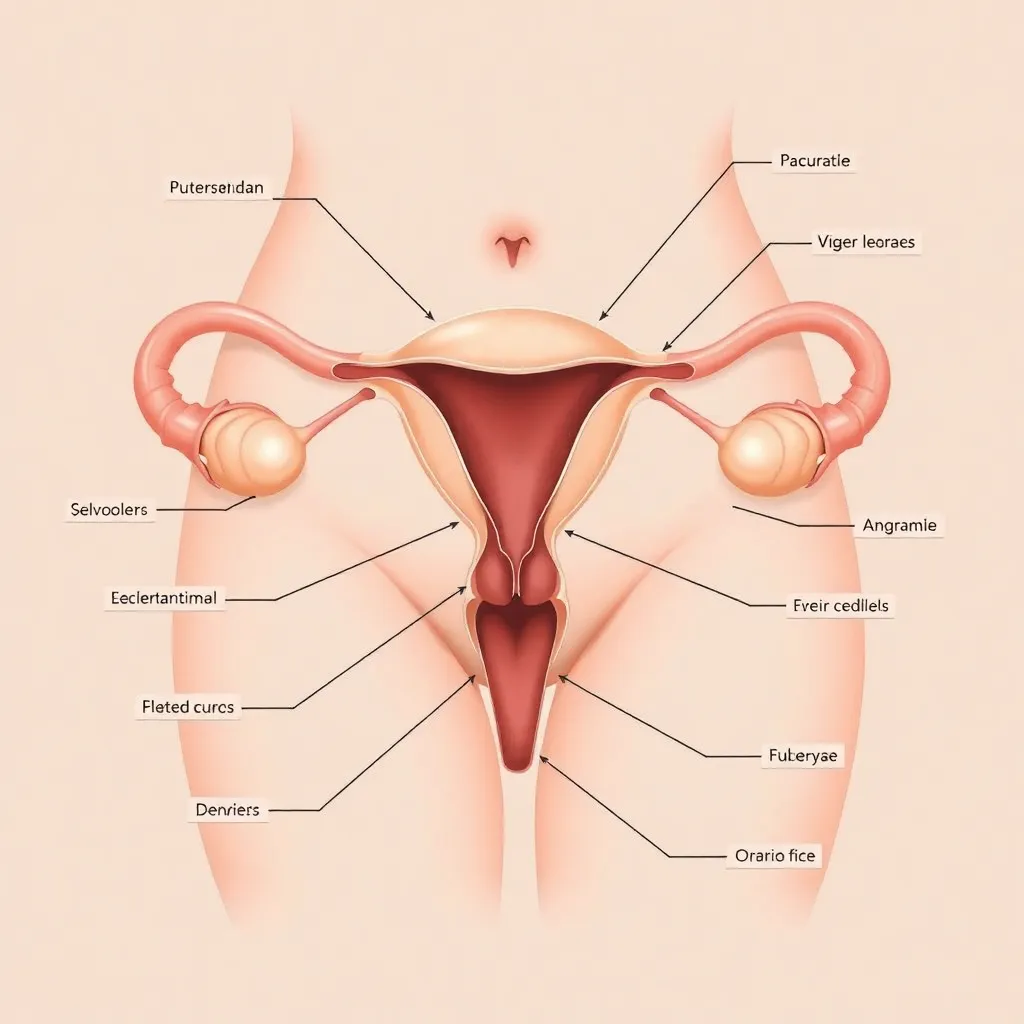The vagina is a key part of the female reproductive system, serving several important functions:
-
Reproductive Function:
The vagina acts as a passageway for sperm to enter the uterus during reproduction, facilitating fertilization. -
Birth Canal:
During childbirth, the vagina stretches significantly to allow the baby to pass through, making it an essential part of the birthing process. -
Menstrual Flow:
Menstrual blood and tissue exit the body through the vagina during a woman’s period. -
Sexual Function:
The vagina is involved in sexual activity, providing lubrication and elasticity to enhance comfort and pleasure. -
Protective Barrier:
The vagina has natural defenses, such as an acidic pH and beneficial bacteria, to protect against infections and maintain a healthy environment.
If you’d like more details about its anatomy or related topics, feel free to ask!
The vagina is a fascinating and vital part of the female reproductive system, playing a multifaceted role in reproduction, childbirth, menstruation, sexual function, and overall health. Let’s explore each of these functions in more detail, complemented by visuals.
-
Reproductive Function: The vagina’s role as a conduit for sperm is crucial. Sperm deposited during intercourse travels through the vagina, cervix, and uterus to reach the fallopian tubes where fertilization can occur.
-
Birth Canal: During labor, the vagina expands remarkably to allow the passage of the baby. This remarkable elasticity is a testament to the body’s adaptability.
-
Menstrual Flow: The vagina serves as the exit point for menstrual blood and tissue, a natural process occurring monthly in women of reproductive age.
-
Sexual Function: The vagina’s role in sexual activity involves lubrication and sensation. Its elasticity and sensitivity contribute significantly to sexual pleasure.
-
Protective Barrier: The vagina maintains a slightly acidic environment and harbors beneficial bacteria that help to ward off harmful pathogens, preventing infections.
To further illustrate these functions, let’s visualize the vagina’s anatomy within the broader context of the female reproductive system.

This image should provide a clearer understanding of the vagina’s position and relationship to other reproductive organs. It’s important to remember that the vagina is a dynamic and adaptable organ, changing throughout a woman’s life and reproductive cycle.
#stories






